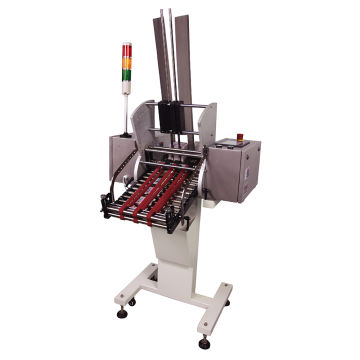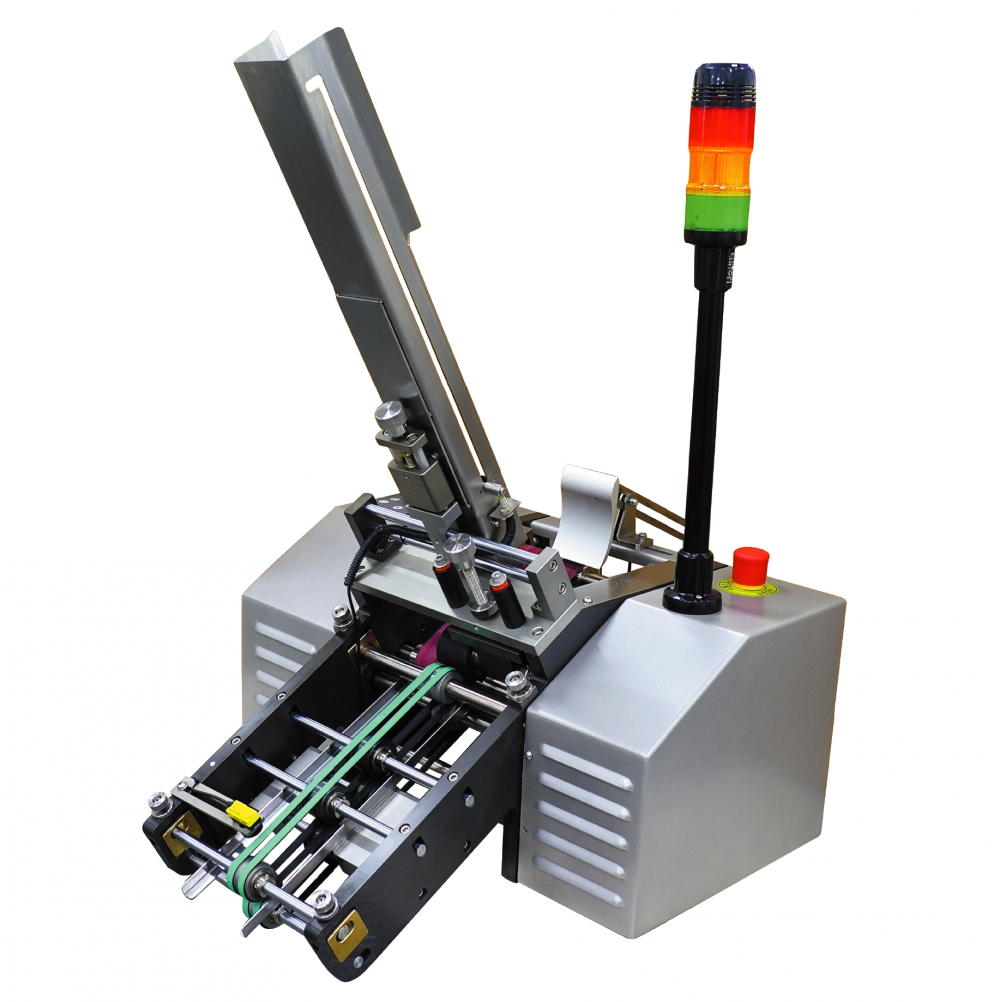
Privacy statement: Your privacy is very important to Us. Our company promises not to disclose your personal information to any external company with out your explicit permission.
Manual Sealing And Shrinking Series
Semi-auto Sealing And Shrinking Series
Semi-auto Sleeve Wrapping Series
![]() September 08, 2023
September 08, 2023
 When choosing a Conveyor System, several factors should be considered to ensure that it aligns with the specific needs and requirements of the application. Here are some key considerations to keep in mind:
When choosing a Conveyor System, several factors should be considered to ensure that it aligns with the specific needs and requirements of the application. Here are some key considerations to keep in mind:2. Throughput and Capacity: Determine the required throughput or production rate of the conveyor system. This will help determine the speed and capacity needed to handle the desired volume of material within a given time frame. Consider factors such as conveyor width, length, and load capacity to ensure it can handle the anticipated material flow.

The above is the How to Choose Conveyor System? we have listed for you. You can submit the following form to obtain more industry information we provide for you.
You can visit our website or contact us, and we will provide the latest consultation and solutions
Send Inquiry
Most Popular
lastest New
Send Inquiry
Tel: 86-512-66166313
Mobile Phone: +8617300580076
Email: INFO@SBWPACK.COMAddress: No.26 xuyang RD. Xuguan,New&Hi-Tech Industrial Development District, Suzhou CIty, Jiangsu, Suzhou, Jiangsu China
Website: https://www.sbwpack.com

Privacy statement: Your privacy is very important to Us. Our company promises not to disclose your personal information to any external company with out your explicit permission.

Fill in more information so that we can get in touch with you faster
Privacy statement: Your privacy is very important to Us. Our company promises not to disclose your personal information to any external company with out your explicit permission.

